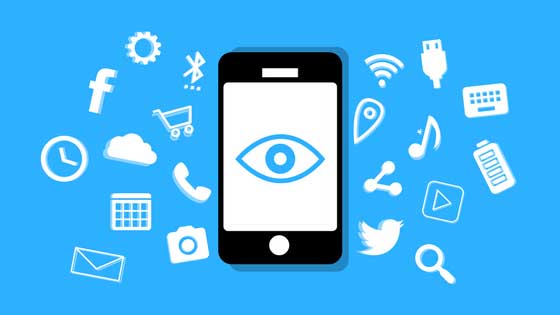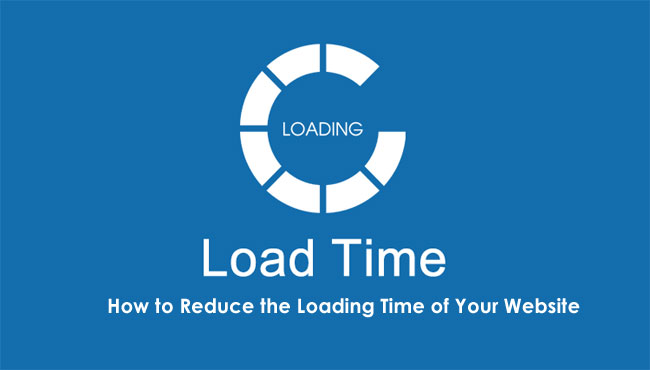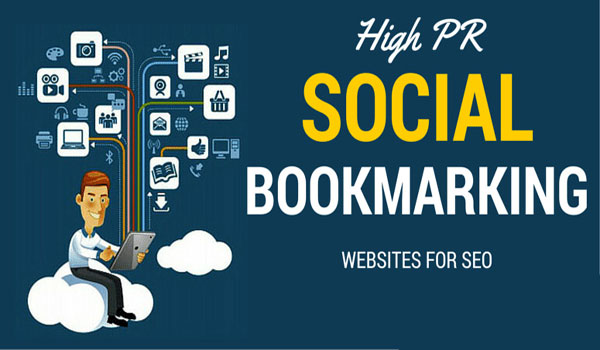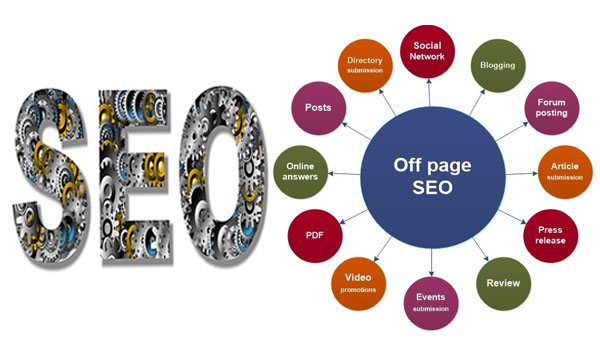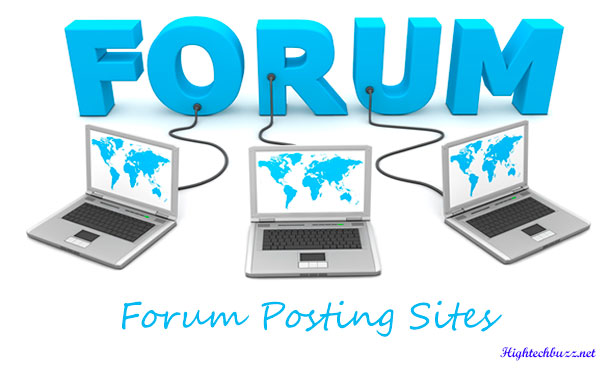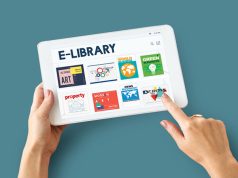In today’s digital age, traditional promotional materials are undergoing a significant transformation. As consumers increasingly rely on digital platforms, businesses are adapting their marketing strategies to reach this tech-savvy audience. This shift from traditional printed materials to digital innovations has revolutionized the way businesses promote their products and engage with customers. In this article, we will explore the key changes that have occurred in the world of promotional materials and how businesses can leverage these digital advancements to stay ahead.
Understanding the Shift from Traditional to Digital
Over the years, traditional promotional materials such as stickers, flyers, brochures, and catalogs have been widely used by businesses to showcase their products and services. However, with the rapid advancements in technology and the increasing use of smartphones and tablets, these traditional materials have seen a decline in popularity.
As technology continues to evolve, businesses are recognizing the need to adapt their marketing strategies to keep up with the changing times. This has led to a shift from traditional promotional materials to digital alternatives that offer a range of benefits and advantages.
The Decline of Traditional Promotional Materials
One of the main reasons for the decline of traditional promotional materials is their limited lifespan. Printed materials have a short shelf life and often end up in the trash after a short period. This not only leads to wastage but also makes it difficult for businesses to track the effectiveness of their marketing efforts.
Furthermore, traditional materials are costly to produce and distribute. Printing large quantities of flyers or brochures can be expensive, especially for small businesses with limited budgets. Additionally, distributing these materials can be a logistical challenge, requiring time and resources to reach the intended audience.
Another disadvantage of traditional materials is their lack of interactivity. While they may contain visually appealing images and compelling text, they lack the ability to engage the audience in a dynamic and interactive way. This can limit the effectiveness of the marketing message and make it harder for businesses to stand out in a crowded marketplace.
The Rise of Digital Promotional Materials
On the other hand, digital promotional materials offer a myriad of benefits that make them more appealing to businesses. With digital materials, businesses can easily update and modify their content in real-time, ensuring that they are always up-to-date with the latest information. This flexibility allows businesses to respond quickly to market changes and adapt their messaging accordingly.
Moreover, digital materials can be easily shared across multiple platforms and devices, expanding their reach to a larger audience. With the widespread use of smartphones and tablets, consumers are constantly connected to the internet, making it easier for businesses to reach them through digital channels.
In addition, digital materials provide businesses with valuable data and insights that can help them refine their marketing strategies. Through analytics tools, businesses can track the performance of their digital materials, measure engagement levels, and gain insights into customer behavior. This data-driven approach allows businesses to make informed decisions and optimize their marketing efforts for better results.
Furthermore, digital materials offer a higher level of interactivity and engagement. Businesses can incorporate multimedia elements such as videos, animations, and interactive features into their digital materials, creating a more immersive and memorable experience for the audience. This can help businesses capture the attention of their target market and leave a lasting impression.
Overall, the shift from traditional to digital promotional materials is driven by the need for businesses to adapt to the changing consumer landscape. By embracing digital technologies, businesses can leverage the benefits of real-time updates, wider reach, data-driven insights, and interactive experiences to enhance their marketing efforts and stay ahead of the competition.
Key Innovations in Digital Promotional Materials
As businesses transition from traditional to digital promotional materials, they are embracing various innovative approaches to captivate their target audience. Let’s take a closer look at three key digital innovations in promotional materials:
Interactive Digital Brochures
Gone are the days of static brochures. With the advent of digital technology, businesses can now create interactive digital brochures that engage users in a more dynamic manner. These brochures can include videos, images, animations, and hyperlinks, allowing users to interact with the content and explore products or services in a more immersive way.
Augmented Reality in Advertising
Augmented reality (AR) is another groundbreaking innovation that has transformed the advertising landscape. By integrating AR technology into promotional materials, businesses can offer their customers an interactive and immersive experience. For example, using a smartphone or tablet, users can scan a QR code on a promotional material and see a 3D model of the product or try out virtual samples.
Personalized Email Marketing
Email marketing has always been a powerful tool for businesses, but with the advancements in digital technology, it has become even more effective. By personalizing email campaigns based on customer preferences and behaviors, businesses can send targeted messages that resonate with their audience. This personalization not only increases the likelihood of engagement but also encourages conversions and brand loyalty.
The Impact of Digital Evolution on Businesses
The digital evolution of promotional materials has not only provided businesses with new marketing tools but has also revolutionized the way they operate. Let’s delve into the impact of this digital evolution:
Cost Efficiency of Digital Promotions
Compared to the costs associated with printing and distributing traditional promotional materials, digital promotions are significantly more cost-effective. With digital materials, businesses can reach a larger audience without incurring substantial printing and distribution costs. Moreover, digital promotions allow for targeted advertising, ensuring that businesses spend their marketing budget more efficiently.In addition, the efficiency of digital platforms enables fast printing, further enhancing the speed and agility of promotional campaigns.
Increased Reach and Engagement
Digital promotions enable businesses to reach a wider audience through various online channels. Social media platforms, websites, and email campaigns provide businesses with the opportunity to engage with customers across different touchpoints. This increased reach allows businesses to foster stronger relationships with their customers and gain valuable insights into their preferences and behaviors.
Real-time Performance Tracking
One of the significant advantages of digital promotional materials is the ability to track their performance in real-time. Businesses can monitor key metrics such as click-through rates, conversion rates, and engagement levels to evaluate the success of their campaigns. This data-driven approach allows businesses to make informed decisions and optimize their promotional strategies on the go.
Future Trends in Digital Promotional Materials
As technology continues to evolve, we can expect to see even more exciting trends in digital promotional materials. Here are a few future innovations that are likely to shape the landscape:
Integration of AI and Machine Learning
Artificial intelligence (AI) and machine learning are poised to revolutionize the way businesses create and deliver promotional materials. These technologies can analyze vast amounts of data to generate personalized content recommendations for individual customers. AI-powered chatbots are also becoming more prevalent, offering instant assistance and enhancing the customer experience.
The Role of Big Data in Personalization
Big data has become an invaluable resource for businesses, allowing them to understand their customers’ preferences and behaviors on a deeper level. By leveraging big data analytics, businesses can create personalized promotional materials that resonate with individual customers. This personalization not only improves the customer experience but also drives higher conversion rates.
The Emergence of Virtual Reality in Promotions
Virtual reality (VR) has already made significant strides in various industries, and it’s only a matter of time before it becomes a prominent tool in promotional materials. VR can provide customers with immersive experiences, allowing them to virtually try products or explore virtual showrooms. This technology has the potential to revolutionize the way businesses showcase their offerings and provide unique experiences to their customers.
In conclusion, the digital evolution of promotional materials has transformed the marketing landscape. Traditional printed materials are giving way to innovative digital solutions that offer businesses cost-efficiency, increased reach, and real-time performance tracking. As technology continues to advance, businesses should embrace these digital innovations to stay relevant and connect with their target audience in a more engaging and personalized way. The future holds even more exciting possibilities as AI, big data, and virtual reality shape the future of promotional materials. By staying ahead of the curve, businesses can harness the power of digital evolution to drive growth and success.



